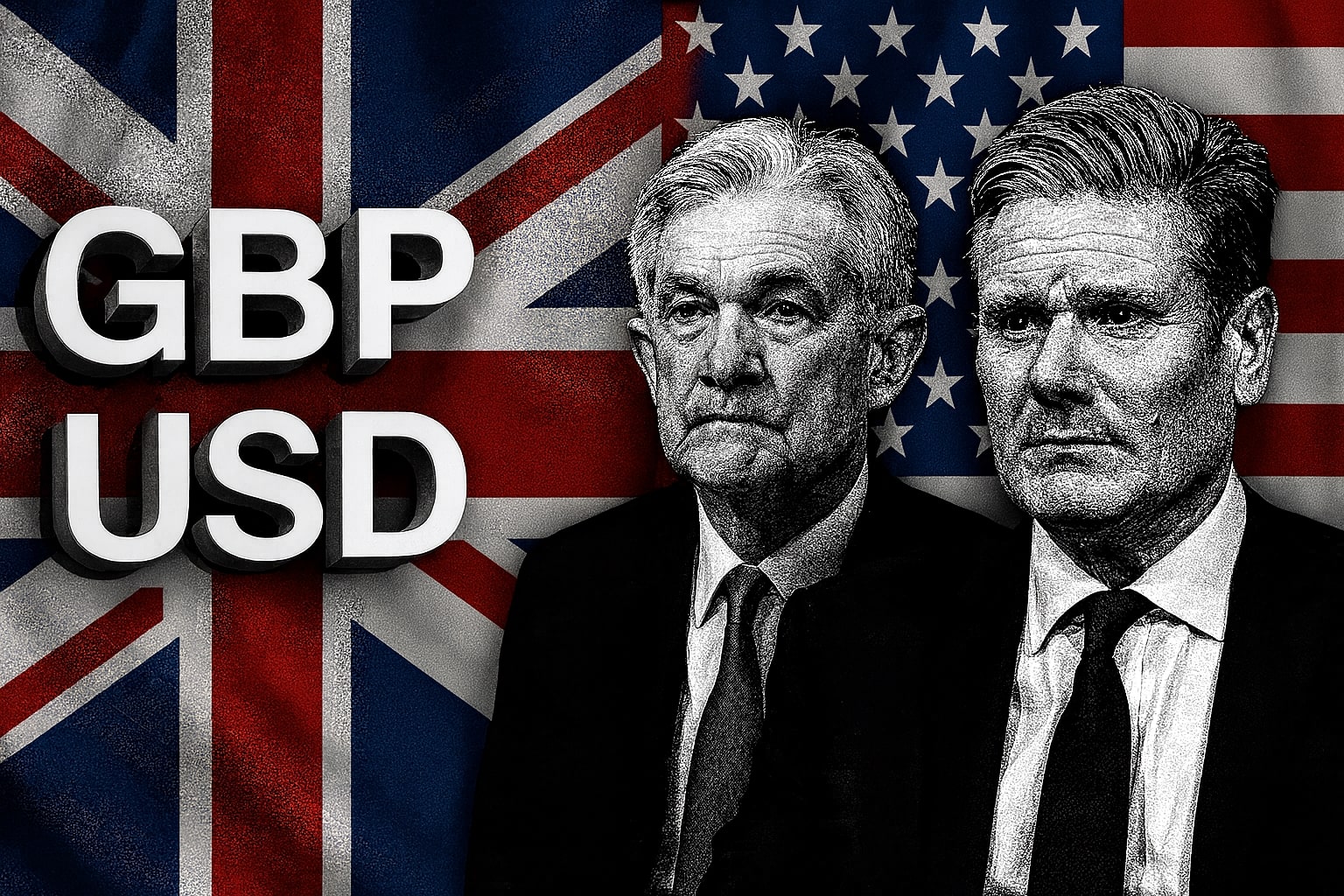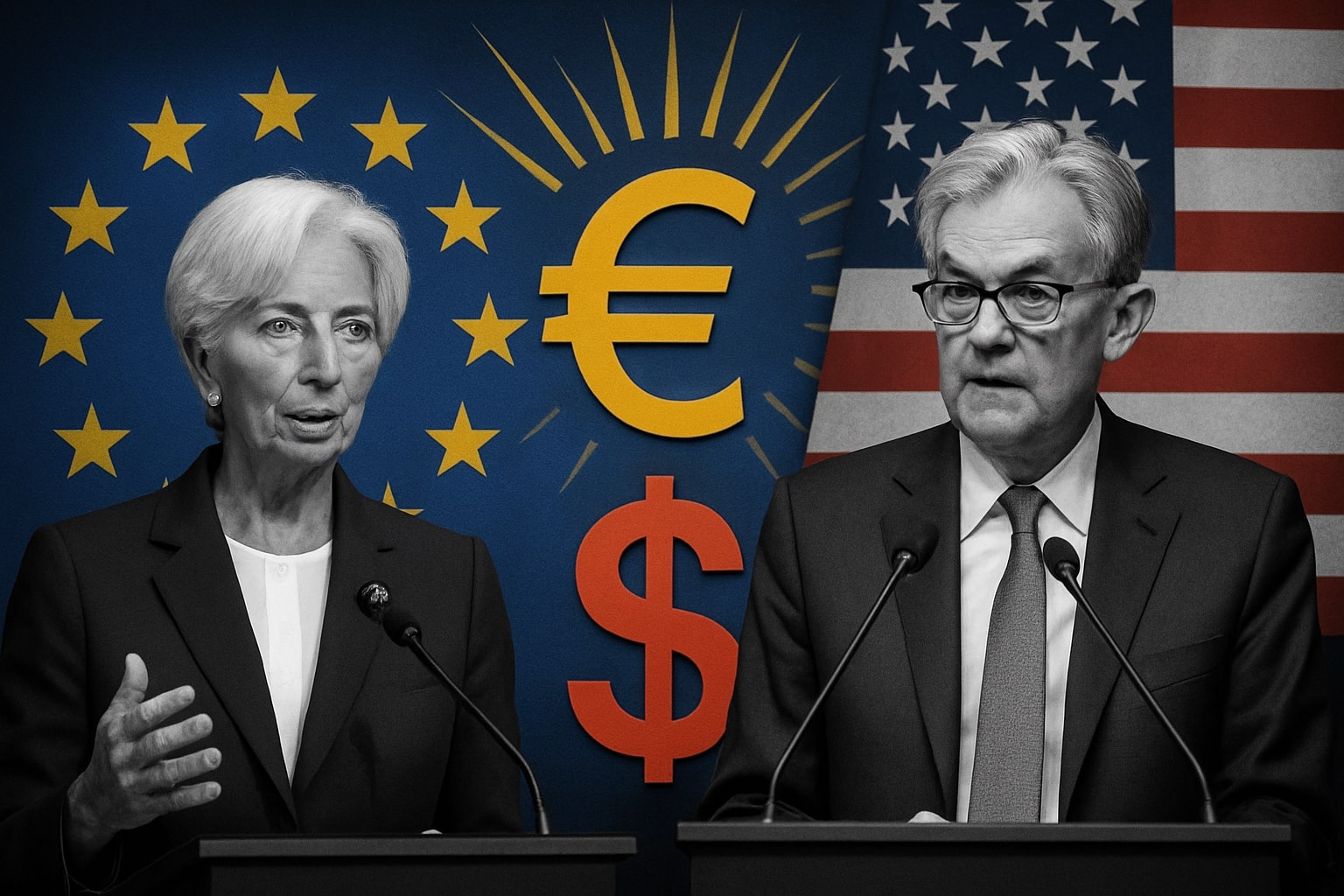
Invesco CAD Currency ETF FXC - Canada Economics Trading News
Invesco FXC Currency ETF Performance and Impact of Economic Factors - GDP inflation And Currencies |That's TradingNEWS
Trading News - The Invesco CurrencyShares Canadian Dollar Trust (FXC), a popular exchange-traded fund listed on NYSEArca and priced in USD, represents an interesting focus for investors with its notable performance and robust characteristics. The fund operates in the single currency category and is part of the Invesco fund family.
With net assets of $85.08 million, the fund is not an insignificant player in the financial markets. It has managed to yield a 1.19% return for investors and has posted a year-to-date (YTD) daily total return of 3.54% as of mid-July 2023, showing resilience in a challenging economic environment.
FXC's performance in the past has been diverse, reflecting the economic context of each year. In 2021, it saw a modest rise of 0.22%, while in 2020, it managed a 1.92% return. A notable peak occurred in 2019 with a 5.95% return, but this was after a challenging 2018 that experienced a -7.54% return. Going further back, the fund enjoyed a fruitful year in 2007 with an impressive 21.69% return, while 2008 saw a decline of -16.41%. This historical performance is characteristic of the dynamic nature of financial markets and the inherent volatility of investment vehicles like the FXC.
The fund's operational attributes are just as intriguing. It has an annual report expense ratio of 0.40%, which is slightly lower than the category average of 0.43%. As for trading, the average daily share volume stands at 25,153 with a median of 13,424 shares. The average daily dollar volume is around $1.79 million, with a median daily volume of roughly $941.80 thousand. With a 100.00% market hours overlap, the fund provides ample opportunity for active trading.
Options trading for the FXC is also active, with call and put options available for August 18, 2023. The implied volatility for these options varies, with call options ranging from 7.28% to 13.04% and put options from 6.42% to 9.99%.
As of July 20, 2023, the fund's performance showed a one-month return of 0.60%, a three-month return of 2.78%, and a year-to-date return of 3.90%. The one-year return was slightly down at -0.77%, while the five-year return was 0.28%, and the ten-year return was -2.22%.
The Canadian Dollar's relative stability today is an exception among its peers, with its performance being bolstered by the robust oil prices and a sanguine outlook for crude oil. West Texas Intermediate, a grade of crude oil used as a benchmark in oil pricing, is holding strong near the upper end of its overnight trading range at $75-76.67. This bullish trend is credited to a resilient US dollar and the projected tightening of supply. As a result, the currency market activity is anticipated to be relatively subdued as traders redirect their focus towards the Federal Reserve's monetary policy meeting (FOMC) decision next Wednesday and the European Central Bank (ECB) announcement the following day.
Reflecting on the global stock market, Asian equity indexes have delivered mixed results. While major Chinese indices witnessed a slight uptick, Japan's Nikkei 225 index fell by a marginal 0.28%. On the other hand, European markets are exhibiting positive trading trends with the UK's FTSE 100 leading the rally with a 0.76% rise. Following suit, the S&P 500 futures have ascended by 0.18%, signifying an optimistic opening on Wall Street. Meanwhile, the US 10-year Treasury yield remains relatively steady at 3.841%.
On the retail front, the Canadian Retail Sales figure for May is on the radar of USDCAD traders. Forecasts indicate a modest rise of 0.5% month-on-month, or 0.2% excluding auto sales. However, the potential impact of this data on USDCAD trading could be mitigated, given it precedes the recent Bank of Canada (BoC) rate hike.
While the US dollar's performance has seen a significant turnaround this week with notable gains against the majority of currencies, the Canadian dollar has proved resilient. Market movement might be influenced by the release of Canada's retail sales for May in the North American session. Following a stellar performance in April, May's retail sales figures are projected to slow down, with consensus estimates for retail sales at 0.5%, falling from 1.1% in the previous month. The core rate is predicted to decline to 0.3%, a drop from 1.3%. If accurate, these estimates could indicate a cooling economy, potentially providing a rationale for the Bank of Canada to hit the pause button in their next meeting in September.
Looking at recent economic data, Canadian economic activity stagnated unexpectedly in April, likely due to one of the largest strikes in recent years. Despite the weakness, signs of growth in May and isolated strength areas suggest resilience in the economy. Gross domestic product (GDP) in April remained essentially unchanged from the previous month at CAD 2.085 trillion ($1.573 trillion), marking a 1.7% increase year-on-year. Though below economists' expectations of a 0.2% monthly advance, the figures demonstrate the Canadian economy's ability to maintain momentum in the face of challenges, according to Douglas Porter, Chief Economist at BMO Economics.
In anticipation of the Bank of Canada's next interest rate decision on July 12, some economists expect a further quarter-percentage point increase. However, others believe the bank will await the summer's economic reactions to the rate hikes so far. Amid concerns of inflation surpassing the 2% target, the central bank had recently increased its benchmark policy rate to a 22-year high of 4.75%.
The Canadian Consumer Price Index (CPI) rose 2.8% YoY in June, following a 3.4% increase in May. A significant factor in this deceleration was the base-year effect in gasoline prices. The Canadian population continues to experience elevated grocery prices (+9.1%) and mortgage interest costs (+30.1%). Transportation costs fell 3.4% YoY in June, mainly due to a 21.6% decrease in gasoline prices compared to the same period last year.
Impact On Invesco CAD Currency ETF FXC
The Canadian dollar has been steady and has outperformed many of its peers, due to firmer oil prices and a positive outlook for crude, which benefits the FXC ETF. An increase in oil prices generally strengthens the Canadian Dollar as Canada is a significant oil exporter, and this could potentially lead to higher returns for the FXC ETF.
Furthermore, the Bank of Canada's (BoC) rate hike has contributed to the strengthening of the Canadian dollar. Higher interest rates usually lead to a stronger currency as they attract foreign investors looking for a higher return, which would be beneficial for the FXC ETF.
However, we should also note the upcoming release of Canada’s retail sales data. If retail sales point to a softer economy, as suggested by the expected slowdown in May, this could be bearish for the Canadian dollar and by extension the FXC ETF. Weakening domestic data could cause the BoC to take a pause on further rate hikes, which could weaken the CAD.
As for the inflation situation, the Consumer Price Index (CPI) in Canada rose by 2.8% year over year in June, showing a deceleration from a 3.4% increase in May. High inflation often leads to higher interest rates as a countermeasure, which could strengthen the Canadian dollar and positively impact FXC. However, this depends on the BoC's response to the inflation data. If the BoC decides that the inflation is transitory and does not warrant a rate hike, it could dampen the bullish impact on FXC.
Looking at the USD/CAD pair, it's worth noting that the pair formed a bullish reversal candle near trend line support, hinting at a possible rally towards 1.3300+ depending on Canada's CPI reading. A stronger USD/CAD implies a weaker Canadian dollar relative to the US dollar, which could negatively impact FXC.
That's TradingNEWS
Read More
-
Eli Lilly Stock Price Forecast - LLY; Can A $1,027 Obesity Giant Run Toward $1,350?
14.12.2025 · TradingNEWS ArchiveStocks
-
XRP Price Forecast - XRP-USD Around $2 As Trust Bank Charter And ETF Flows Reset The Risk/Reward
14.12.2025 · TradingNEWS ArchiveCrypto
-
Oil Price Forecast: WTI (CL=F) Pinned Near $57 As Brent (BZ=F) Struggles Around $61
14.12.2025 · TradingNEWS ArchiveCommodities
-
US Stock Market Forecast: S&P 500 at 6,827, Dow 48,458 as Fed Cut and Jobs–CPI Data Collide
14.12.2025 · TradingNEWS ArchiveMarkets
-
GBP/USD Price Forecast: Pound Holds 1.33–1.34 Range Into High-Stakes Central Bank Week
14.12.2025 · TradingNEWS ArchiveForex


















